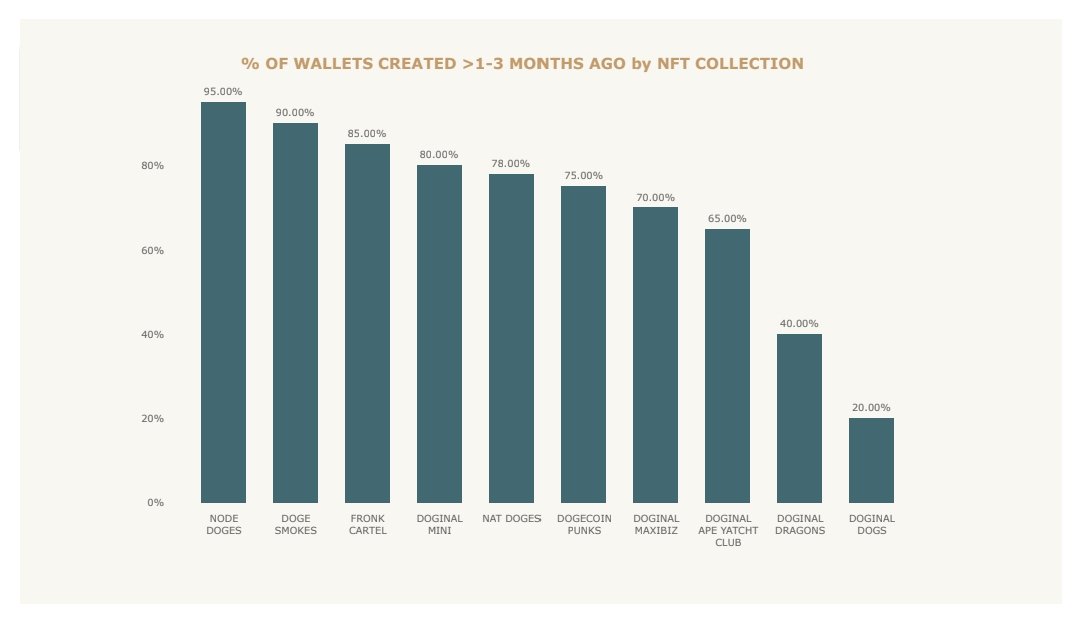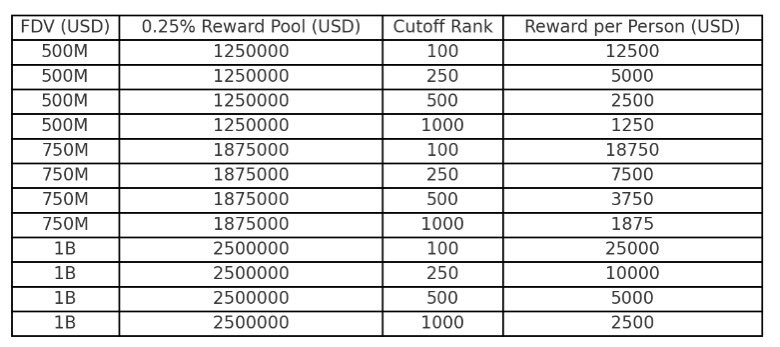The Hidden Patterns of AI: How Machines Learn to Think Like Us
Introduction: The Magic Behind the Machine
Imagine teaching a child to recognize a cat. You show them pictures, point out whiskers and tails, and correct them when they mistake a dog for a feline. Now, replace the child with a machine—how does it learn? Artificial Intelligence (AI) doesn’t have intuition or instincts, yet it can outperform humans in tasks like image recognition, language translation, and even playing chess. The secret lies in how AI processes information, adapts, and refines its understanding—a process both fascinating and eerily human-like.
This article explores the inner workings of AI, from its basic learning mechanisms to its real-world applications. We’ll uncover how machines “think,” why they sometimes fail spectacularly, and what the future holds for this rapidly evolving field.
—
How AI Learns: The Three Flavors of Machine Learning
1. Supervised Learning: The Teacher-Student Dynamic
Supervised learning is the most common approach, where AI is trained using labeled data—think of flashcards for machines. For example:
– Spam filters learn by analyzing thousands of emails marked as “spam” or “not spam.”
– Facial recognition improves by studying tagged photos.
However, this method has limitations. If the training data is biased (e.g., mostly light-skinned faces), the AI will struggle with diversity [1].
2. Unsupervised Learning: Finding Hidden Patterns
Here, AI explores unlabeled data to detect structures on its own. It’s like giving a toddler a box of mixed toys and letting them sort them without instructions.
– Customer segmentation: Retailers use this to group shoppers by behavior.
– Anomaly detection: Banks spot fraudulent transactions by identifying outliers.
The challenge? Without guidance, AI might invent meaningless categories—like grouping cats and dogs based on background colors instead of species.
3. Reinforcement Learning: Trial and Error, with Rewards
This mimics how humans learn from consequences. AI performs actions, receives feedback (reward or penalty), and adjusts its strategy.
– AlphaGo mastered the ancient game Go by playing millions of matches against itself.
– Self-driving cars navigate roads by simulating countless scenarios.
But reinforcement learning is slow. Training an AI to walk in a virtual environment can take days of simulated falls before it succeeds [2].
—
The Brain of AI: Neural Networks and Deep Learning
Neurons vs. Artificial Neurons
Our brains have 86 billion neurons; AI has artificial ones arranged in layers. Each layer processes information and passes it to the next, refining its understanding step by step.
– Convolutional Neural Networks (CNNs) excel at image tasks (e.g., diagnosing X-rays).
– Recurrent Neural Networks (RNNs) handle sequences, like predicting the next word in a sentence.
Why Deep Learning Isn’t Perfect
– Black Box Problem: Even engineers often can’t explain why an AI made a specific decision.
– Data Hunger: Deep learning requires massive datasets. For rare diseases, gathering enough medical images is a hurdle [3].
—
AI in the Wild: Successes and Blunders
Success Stories
– Healthcare: AI detects early signs of diabetic retinopathy with 90% accuracy [4].
– Agriculture: Drones equipped with AI monitor crop health, boosting yields.
Epic Fails
– Tay, Microsoft’s Chatbot: Within hours, Twitter users taught it to spew racist remarks.
– Amazon’s Hiring AI: It downgraded resumes containing the word “women’s” (e.g., “women’s chess club”) [5].
These failures highlight a critical lesson: AI mirrors the biases in its training data.
—
The Future: Where Do We Go From Here?
1. Explainable AI (XAI)
Efforts are underway to make AI’s decision-making transparent, crucial for fields like criminal justice and healthcare.
2. General AI vs. Narrow AI
Today’s AI is “narrow”—great at specific tasks but clueless outside them. The dream of General AI (matching human versatility) remains distant.
3. Ethical AI
Who’s responsible when an AI errs? Policymakers are racing to create frameworks for accountability [6].
—
Conclusion: The Double-Edged Sword of Progress
AI is neither savior nor villain—it’s a tool shaped by human hands. Its potential is staggering, from curing diseases to tackling climate change. Yet, without careful stewardship, it risks amplifying our flaws. As we stand on the brink of an AI-driven era, one question lingers: *Will we control the technology, or will it control us?*
—
References
*All links open in new tabs.*





